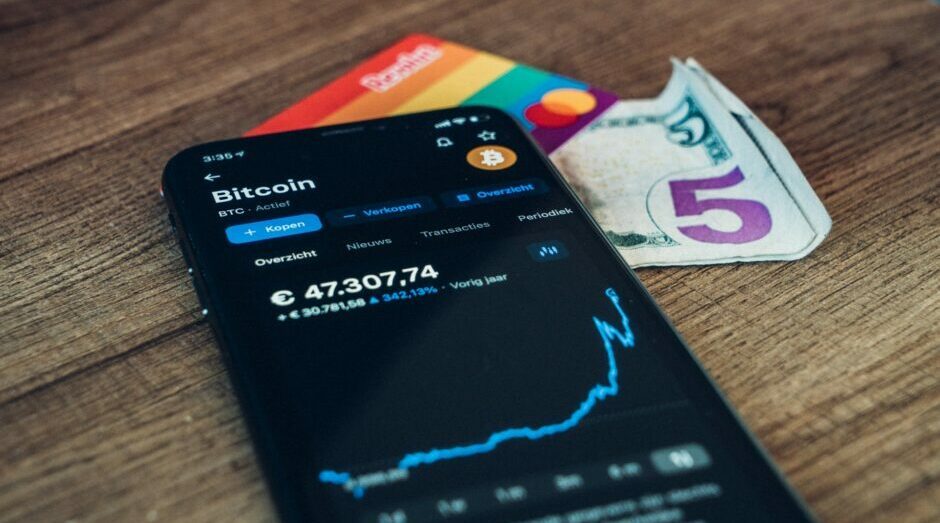The author, Hao Yang, is head of financial products at Bybit, a cryptocurrency exchange established in 2018.
As we inch closer to the fourth bitcoin halving event, speculated to occur this month, there are a few observable dynamics to be aware of as the event is poised to be different from previous halvings for bitcoin in particular and cryptocurrencies at large.
Not only will the bitcoin halving, impact both the supply and demand of bitcoin, it may be yet another sign of development for the entire ecosystem.
A unique halving in a maturing market
Historically, bitcoin halvings have been catalysts for bull runs, largely due to the reduced supply of new bitcoins entering the market. Halvings are a fundamental part of bitcoin’s design, where block rewards are reduced by half approximately every four years, thus reducing the issuance of new tokens by half.
The 2024 halving will cut the bitcoin block reward from 6.25 to 3.125 BTC, reinforcing bitcoin’s scarcity and its appeal as ‘digital gold’. This characteristic stands as the fundamental appeal for bitcoin, where a combination of fixed supply and disinflationary measures makes bitcoin an increasingly valuable asset over time.
The upcoming halving, however, is unfolding against the backdrop of increased institutional adoption and financial products that are integrating bitcoin into the traditional financial landscape and the introduction of BRC-20 tokens.
Although block rewards will be reduced and high production costs continue to place pressure on miners to sell reserves and mitigate their financial constraints, the recent approval of spot bitcoin ETFs by the US Securities and Exchange Commission (SEC) has provided a fresh injection of steady demand for bitcoin, potentially absorbing sell-off pressure from miners looking to shore up their finances ahead of the halving.

Bitcoin’s annual inflation rate is also expected to slow the growth of its supply by less than 1%, below the rate of global mining for the first time.
Unless the price appreciates by roughly 2x before each halving, miners will have to find ways to fill in revenue gaps. This makes fee revenue collected from every transaction increasingly vital to the sustainability of the ecosystem in the face of future halvings and increased block heights.
Now that BRC-20 tokens are in play, the increased trade volume for the tokens has led to spikes in fees as demand for block space on the bitcoin network skyrockets. BRC-20 tokens like ORDI became hot commodities and while their intrinsic value is not certain, cryptocurrency exchanges like Bybit allow for the trading of spot pairs and perpetual contracts for ORDI.
Ordinal inscriptions shine a spotlight on fee-revenue models
The introduction of bitcoin ordinal inscriptions has revitalised on-chain activity by allowing the generation and trading of NFTs on the bitcoin blockchain, previously popularised by Ethereum, Solana, and other smart chains.
This trend is expected to continue, bolstered by renewed developer interest and ongoing innovations on the bitcoin blockchain, shifting the balance towards fee revenue rather than block rewards from mining. Such developments underscore bitcoin’s evolving nature, not just as a store of value but as a platform for creativity and expression.
The upcoming bitcoin halving will be the first one where BRC-20 tokens are at play, where certain “sats” (the smallest Bitcoin unit) become collectibles with varying rarity, from uncommon to epic.
For the first time, the buzz around “epic sats” from the halving block, could prompt miners to compete fiercely for these prized sats, potentially leading to a rare event called a ‘reorg’.
Reorg events occur when miners rearrange the blockchain to claim the valuable block, something that has only occurred once in the history of bitcoin during the first halving. Miners attempted to mine blocks rewarding 50 BTC instead of the newly present 25 BTC blocks and were largely ignored by the rest of the network, making their attempt a futile one.
While such a reorg is not certain, the financial lure is strong. This halving isn’t based on ignoring consensus rules and rallying other miners to reorg as well, it’s about who will be allowed to mine a completely valid, yet highly-valuable and rare block that collectors ascribed to the single coinbase.
A new chapter for bitcoin, altcoins, and Web3
The halving will likely create a ripple effect across the entire crypto ecosystem, including altcoins and the burgeoning Web3 space. As bitcoins become scarcer and more valuable, attention will inevitably shift to alternative coins and tokens, many of which offer distinct use cases and advantages. This could lead to a surge in innovation and investment in the Web3 space.
As bitcoins become scarcer and more valuable, attention will inevitably shift to alternative coins
The 2024 halving is set to be a pivotal event, distinguished by a maturing cryptocurrency market, innovative blockchain developments, miner resilience, and the potential for significant impacts on altcoins and Web3.
Regardless of unpredictable price fluctuations, Bybit stands at the forefront, not just keeping pace but setting the standard with unwavering reliability, cutting-edge innovation, and unparalleled customer support.
As we embrace the transformative halving event, our introduction of USDC-settled options contracts for BTC is more than just a new feature—it’s a gateway to flexible, inventive trading strategies that empower our users to make the most of this unique arbitrage opportunity.



